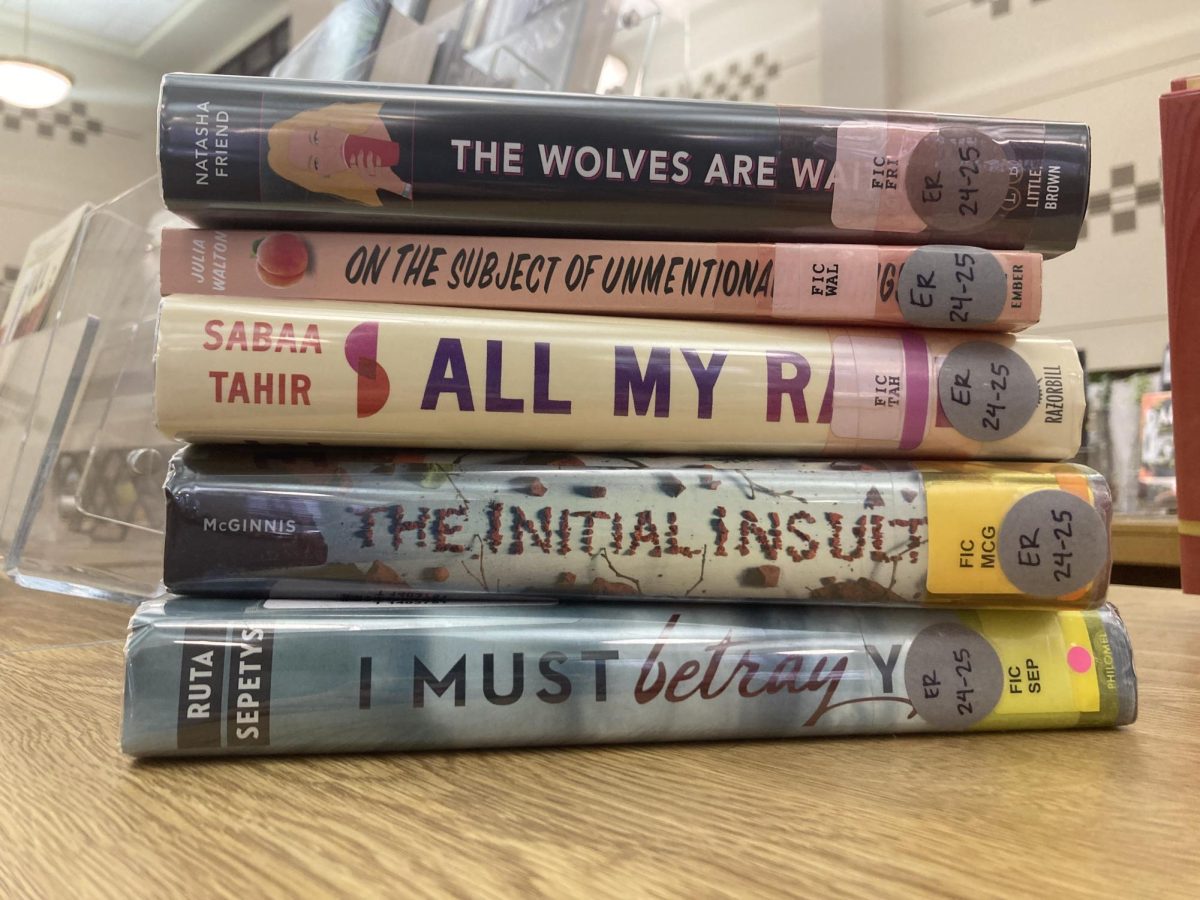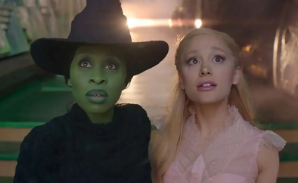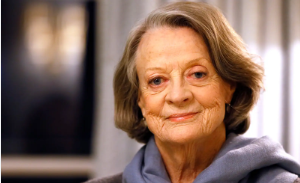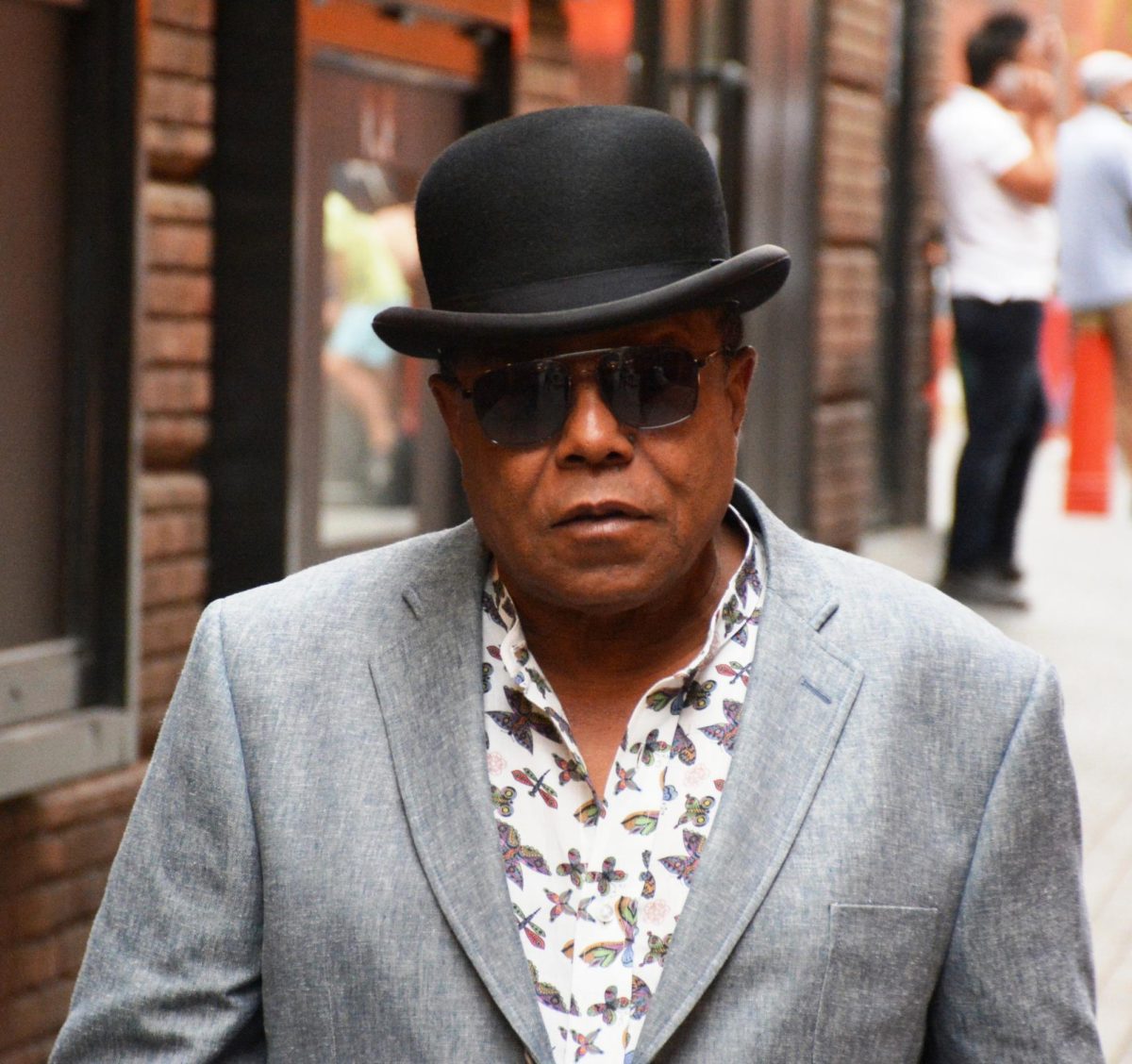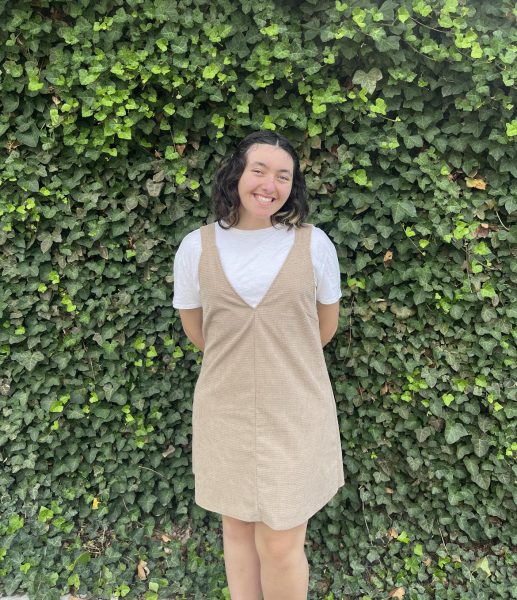*This article contains mild spoilers
My review of Dune: Part One: https://chssandscript.com/1949/entertainment/dune-review/
In this nearly three-hour epic, Dune: Part Two takes viewers on an immersive journey amidst political turmoil, love in a time of hostility, and an answer to an ancient call foretold in prophecies.
In this stunning sequel to Dune: Part One based on Frank Herbet’s successful science fiction series Dune, the House of Atreides has fallen. With the collapse of the nobility, the people of Caladan on Paul Atredies’ home planet, have been wiped out, leaving only Paul and his mother, Lady Jessica who is pregnant with Alia, to survive during this time of instability. Paul seeks to avenge his people, and allies with the Fremen, a tribal group who live on Arrakis, where the driving force of this tale, the spice melange, is located. Melange is the key motivator for the various groups within the Dune universe because of its innumerable properties, but most significantly, its ability to extend one’s life. As Paul learns the way of living from the Fremen, a group within the tribe begins to believe he is a prophet called “Mahdi”, which reflects the use of religious language used within this saga, as the Mahdi is the one the Fremen believe will lead them to Paradise. This belief of Paul’s character is further cemented as Paul begins to fulfill various prophecies of the Lisan al-Gaib, presenting Paul as a messianic figure. As Paul grows closer to fulfilling his predestined role, his choices inevitably conflict with his romantic interest, Chani. These conflicts result in Paul contemplating his priorities as he continues to be plagued by doomsday-like visions while also bearing the knowledge that he is the only one who can prevent the visions from becoming reality.
This film is unlike any other I have seen, and I do not say this lightly. The storyline is complexly layered and completed with a depth of elements to endlessly dissect. This film is amazing in that it is both ancient and modern in its aesthetics and plotline, but the symmetry between them is never inadequately distributed.
One quality of the film that overwhelmingly stands out is the score. Geniusly crafted by Hans Zimmer, you will never hear something else that rivals it. The raw vocalizations used are so utterly ethereal that they transcend and whisk you to another universe. The intensity and tempo of the songs ignite a passion within you as you watch, completely engaged in the events unfolding onscreen. The score is completely hypnotic and captivating, words barely describe its power. The hoarse war-like cry of the soloists is terrifying and addictive, stirring listeners to crave its piercing sound. Yet the commanding notes are matched with soothing rattles of instruments in other melodies, only to be embellished with great drops in the composition, oozing emotion and fully appealing to the sentiments in the film. I especially enjoyed how evenly balanced the music is with what is happening in the story; it was perfectly complementary. The chanting and drums work compatibly to produce poignant and enraged music along with a variety of unconventional instruments to generate mystical vibrations and reverberations. The music completed the atmosphere of the film and made me feel like I was in a universe I should not have known about. The soundtrack is haunting and will stay with you days after you watch the film.
The incorporated Eastern world influences illuminate this film. From the architectural structures to the Abrahamic religious language to the garments worn by the characters, the impacts of the Orient shine throughout this film, binding the visual elements together and comprising a minimalistic, aureate semblance. The Fremen don head coverings and still suits, as they typically wear earthen colors and tones reflecting their sandy environment. We also see the significance of religion to various peoples- with the sisterhood of the Bene Gesserit, to Paul’s character arc in how he grows into his role as a protector and leader. We also see the way different characters react to religion, as some view it as a form of manipulation, and others as a net of safety.
The cinematography was breathtaking to say the absolute least. With most modern films, I tend to criticize the overuse of computer-generated imagery, but this piece stands as the exception. The graphics are used to enhance the allure of this fictional world, and it is done in a way that entices the viewer. Heavily influenced by the Middle East, most of the film takes place on the desert planet Arrakis. The desert acts as the visually mild foundation upon which the film’s entirety is built. In some scenes, the camera is zoomed out, leaving the viewer to observe several corresponding sand dune ridges with figures trudging along those ridges. What is also unique about the Dune films is that the story feels like it is occurring right in front of you, which is the result of the pacing of the scene changes and camera cuts. Many modern films have directors who are obsessed with cutting scenes constantly, creating an attack on the brain and senses. I think part of why Dune is so successful and will continue to stand up in the coming years, is that the scenes are held longer than most are used to nowadays. The scenes are slower, and this film is slower in the sense that you are engrossed in what is happening. This film is content-heavy, and it is an information overload, but not where you feel like you are drowning in a sea of fictionality. The cinematography is attractive and stimulating in all the right ways.
One specific scene in this movie has been etched into my brain due to its sheer barbarity. In one sequence there is a colosseum-type structure where there are the Harkonnens, the enemies of the House of Atreides, who are noted for their pale, hairless, empty appearance. The nephew of Baron Harkonnen, Feyd-Rautha Harkonnen, has a nefarious demeanor about himself, expressing his bloodthirsty nature. As Feyd-Rautha is in the Colosseum, he awaits a gladiator match. Every choice by a film director is with intention, and the color schemes and contrasts scream in this portion of the film. The depths of the Harkonnen depravity are revealed through the distinction of white and black colors. The Harkonnens look indifferent to one another, each a milky and pristine tone, while their teeth are an onyx shade. This polarity shows the Harkonnen nature- everything is seen in terms of “black and white”. They are sadistic beings, and this sequel makes the effort to use this imagery to also convey how the Fremen, with their natural tones, is a group focused on survival and connection. The Colosseum scene, however, was wild to watch. As the Harkonnen bystanders in the seating encompassing the arena cheered up and down, their movement created a break in the stagnant motion. The whites of their heads bobbed up and down as the steely black barricade separating the fighters from the audience stood firm as a foundation for contrast. Not to mention the sinister, featureless figures with horns who crept about the arena. The visuality of this scene stands out in my mind, not only for the intense use of colors but also for how savage the disposition of the Harkonnens was communicated.
The sequel of the Dune saga was everything I wanted from the first film, namely the relationship between the characters. I appreciate that the first film established the universe, characters, and the conflict, yet I was left wanting more from the bonds between the characters. The ways characters interacted with each other in the first movie lacked warmth- and this is not a knock on the actors or story, but it helped strengthen one relationship in particular in the sequel. With Dune: Part Two, we see Paul fall in love with a Fremen girl, Chani. While their relationship felt fast, it was more like a snowball effect than an avalanche. Their relationship is hinted at in the first film but takes effect in the second. Paul and Chani are two young people who are put in an unforgiving situation, leading Paul to choose between his purpose and love. I loved seeing Paul and Chani’s relationship because it was tender and gentle, and is not a romance I imagined would unfold in this story given the harsh political climate. I think that this subplot helped draw out both character’s innocence and that their love was juvenile in a kindly way, but was pelted by the needs of others. It’s tragic and as the viewer, you want it to last for both of them, but Paul is given a higher calling, which creates additional conflicts. I loved seeing how their romance was and still is solid despite the fact that Paul has to marry for political advantages. Paul even goes on to say, “I’ll love you as long as I breathe,” serving as a testament to his devotion to her, although he cannot be with her.
I loved seeing the characters develop further into their identities in this movie. When Lady Jessica and Paul join the Fremen, Jessica becomes the Reverend Mother and has an unknown script written across her face. I love this detail because every component of this movie plays a role in making it feel complete and fulfilling to the viewer. I also loved watching the sequence of Paul working to understand the ways of the desert, and how he works through the trials of becoming a Fremen. His character development is interesting to watch; he begins as someone trying to survive the fall of his noble house, to a dominating figure who is worshiped.
This masterpiece was directed by Denis Villeneuve and was written by him and Jon Spaihts. Many big-name actors were featured in this film, including Timothée Chalamet as Paul Atreides, Florence Pugh as Princess Irulan, Zendaya as Chani, Austin Butler as Feyd-Rautha Harkonnen, Rebecca Ferguson as Lady Jessica, Anya Taylor-Joy as Alia Atreides, Christopher Walken as the Emperor, Dave Bautista as Glossu Rabban, Stellan Skarsgård as Baron Vladimir Harkonnen, and Josh Brolin as Gurney Halleck. Dune: Part Two was filmed in Wadi Rum, Jordan, Abu Dhabi, United Arab Emirates, Tresivo, Italy, and Budapest, Hungary.
Watching this movie was an experience. If at all possible, I highly recommend you go to a movie theater to view this film, at least for your first time watching it. Feeling the music radiate in the theater was crucial to watching this movie with unknown eyes. This will definitely be a film I revisit many times, and will learn something new with each watch. After this film ended, I immediately craved more content and bought the following book, Dune Messiah. HBO Max will be releasing a prequel to the film called Dune: Prophecy with a different cast than the films, which will be released sometime this year. As of now, plans for another Dune film have not been officially announced, but are expected. I eagerly await the next installments of this series, as this film provides a profound story that leaves me wanting more.




